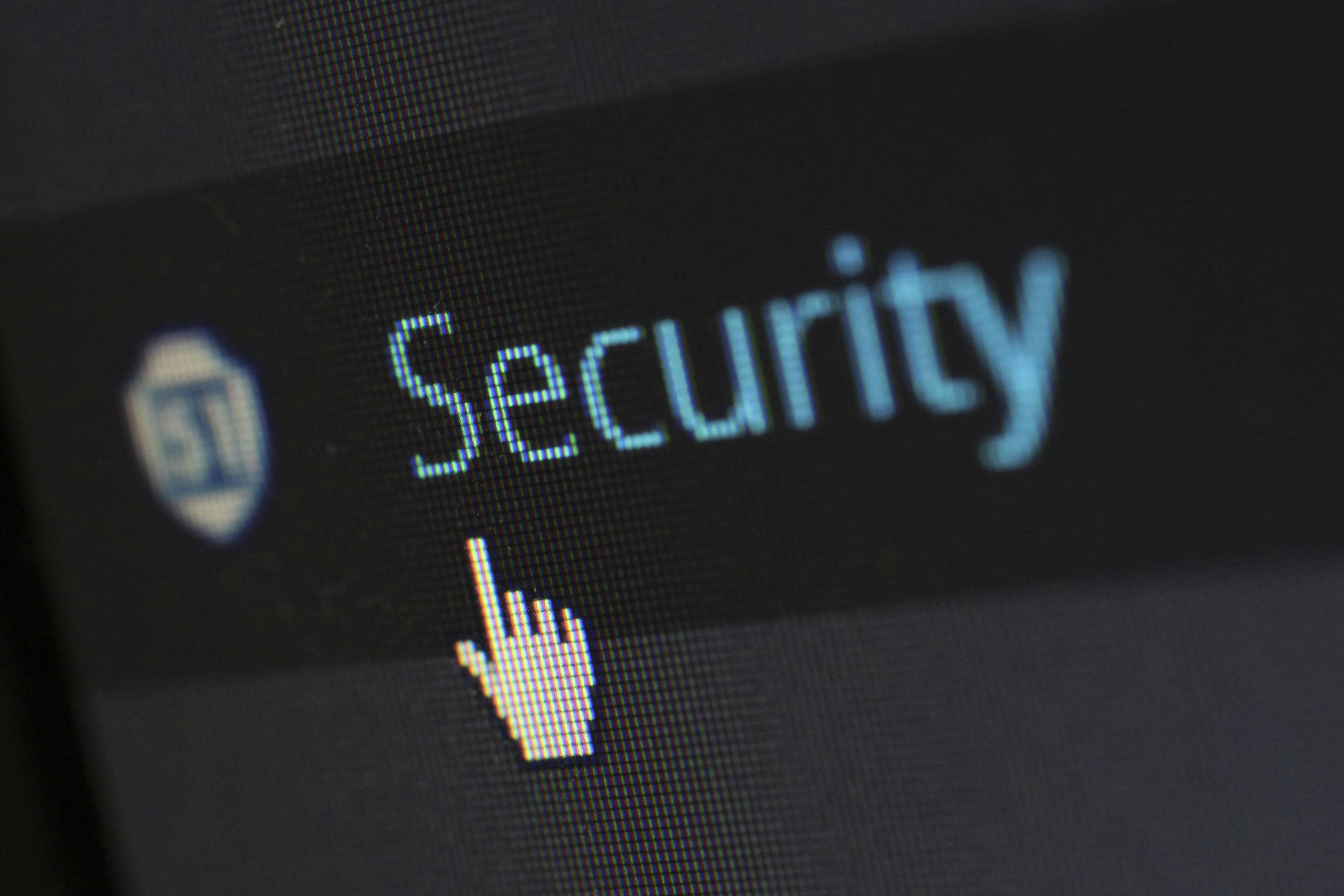Continuous cybersecurity audits: PTaaS
Published on July 17, 2025
"We passed our cybersecurity audit in January, but now, in July, we’ve found three critical vulnerabilities in our systems. How is it possible that we didn’t identify them six months ago?"
This scenario, more common than we’d like to admit, illustrates one of the main challenges organizations face: the false sense of security provided by one-off security audits in a constantly evolving digital environment.
The real problem: vulnerability windows in enterprise cybersecurity
Spanish companies, especially in sectors like banking, telecommunications, and insurance, face three critical pain points in their cybersecurity strategies:
Invisible vulnerability windows between audits
Between annual or semi-annual penetration tests, your organization operates almost blindly. The growing demand for continuous security solutions highlights the urgent need for 24/7 security monitoring.
New vulnerabilities appear daily:
- systems and applications are updated
- new features are deployed
- zero-day threats emerge
- your last “security snapshot” is already months old
Unpredictable costs of cybersecurity audits
Hiring specialized security consultants for traditional pentesting creates budget spikes that are hard to plan for. Many Spanish organizations end up spacing audits further apart than recommended due to financial constraints.
Lack of context and post-audit follow-up
Traditional security audits deliver static reports. What happened to the vulnerabilities identified? Were they properly remediated? Did new ones appear? Follow-up becomes a manual and fragmented process.
The solution: penetration testing as a service (PTaaS) – continuous cybersecurity
PTaaS addresses these pain points through a fundamental shift: it transforms static security assessments into real-time monitoring.
Key features of PTaaS
- 24/7 security coverage
Instead of waiting 6–12 months for the next audit, PTaaS provides continuous vulnerability assessment. When new code is deployed, infrastructure is updated, or threats emerge, your security system is automatically evaluating and alerting.
- Predictable cost model
PTaaS services operate with fixed monthly or annual fees, turning variable expenses into a planned investment. Companies can perform penetration testing more frequently while keeping costs under control.
- Real-time security dashboards
PTaaS platforms offer instant visibility into your security status, track remediation efforts, and provide evolving metrics. Security teams can monitor improvements day by day.
Specific use cases in the Spanish market
- Startups and fast-growing companies
Organizations that deploy code frequently need continuous security validation, not audits that become obsolete within weeks.
- Regulated sectors (banking, insurance, telecommunications)
Companies qualified as security audit providers (PASSI) must comply with the General Security Reference System (RGS) and demonstrate continuous compliance.
- Companies with limited security teams
PTaaS acts as an extension of the internal team, providing specialized expertise without the need to hire additional staff.
Benefits of PTaaS for Spanish companies
- Early detection of vulnerabilities: proactive vs. reactive identification
- Continuous regulatory compliance: especially relevant for ENS and GDPR
- Resource optimization: better ROI on cybersecurity investments
- Scalability: adapts to business growth
- Advanced reporting: metrics for C-level executives and boards
Selecting PTaaS providers: key factors
The difference between providers lies in the combination of:
- advanced automated technology
- specialized human expertise (certified ethical hackers)
- geographic coverage and Spanish-language support
- integration with existing tools
Specialized partners like Synack, with advanced technology platforms and global networks of over 1,500 ethical researchers, exemplify how PTaaS combines automation with human expertise.
Implementing PTaaS: roadmap for Spanish companies
- Current assessment: analyze the frequency and coverage of existing audits
- Scope definition: identify critical assets
- Provider selection: evaluate technical capabilities and local support
- Controlled pilot: gradual implementation in non-critical systems
- Progressive scaling: extend to the entire infrastructure
Neverhack: your cyber performance partner
PTaaS helps organizations achieve continuous security validation without overloading internal teams, enabling early threat detection and agile remediation.
PTaaS is not just a technological evolution; it’s a response to a real business need. If your organization suffers from “security blindness” between audits, faces unpredictable cybersecurity service costs, or needs greater visibility over its security posture, the time to consider PTaaS is now.
The question is not whether your company needs better protection against cyberattacks, but whether it can afford to keep operating with outdated security information.
Next steps
Interested in exploring how PTaaS can transform your cybersecurity strategy? We recommend:
- assessing your current situation: when was your last security audit?
- calculating costs: compare your current investment vs. PTaaS models
- If you would like more information on how to implement similar solutions in your organization, feel free to contact us!

